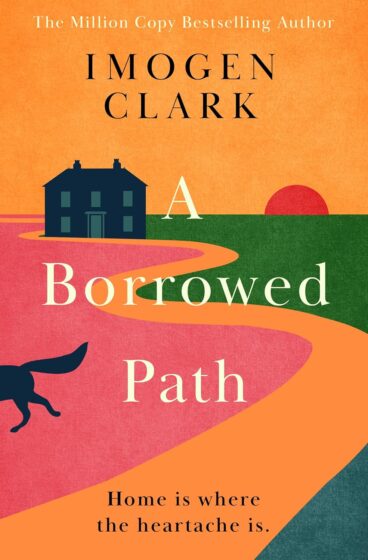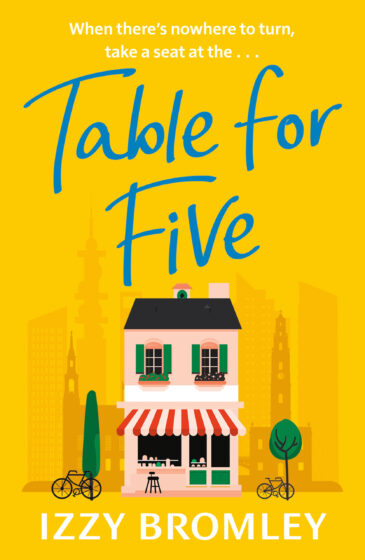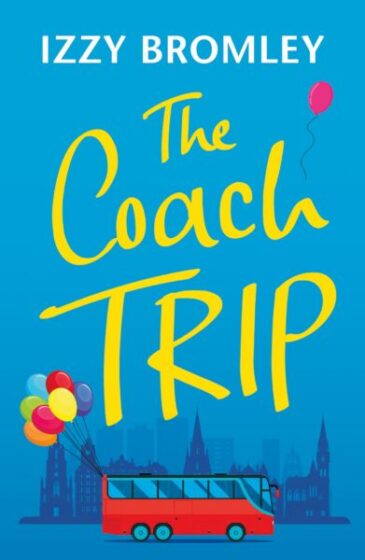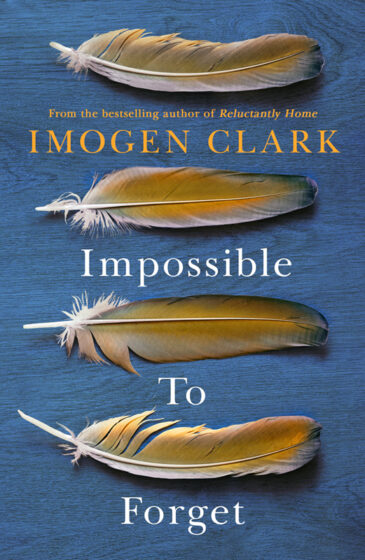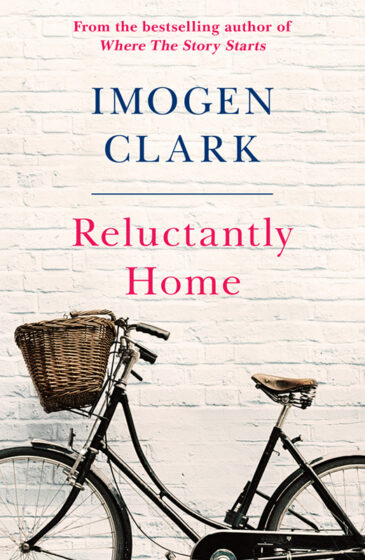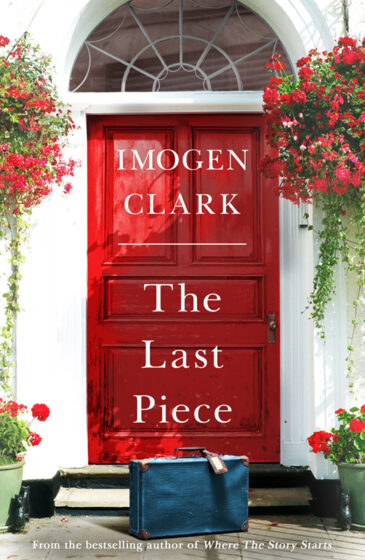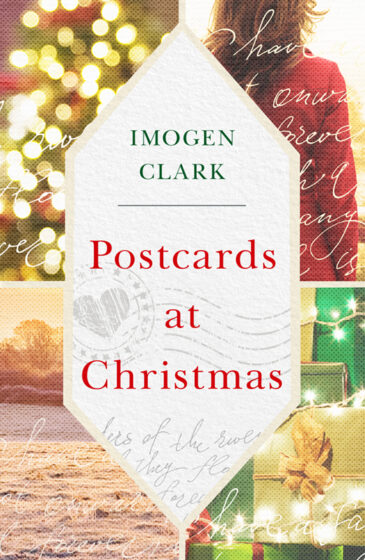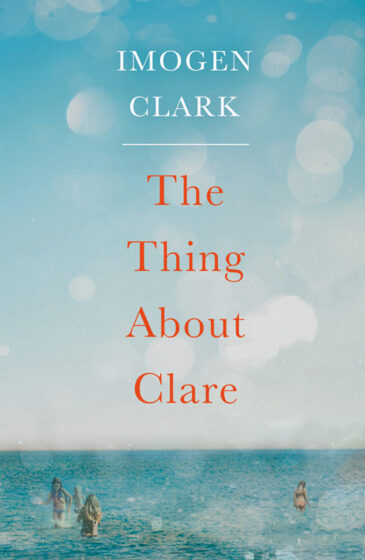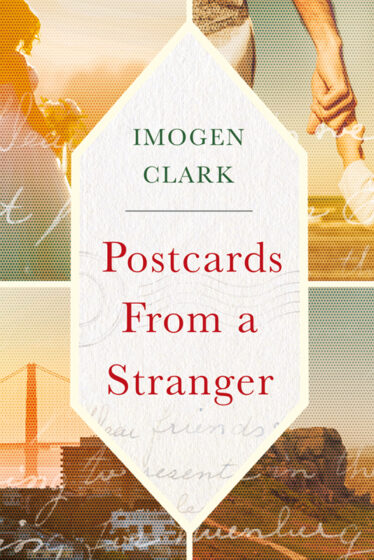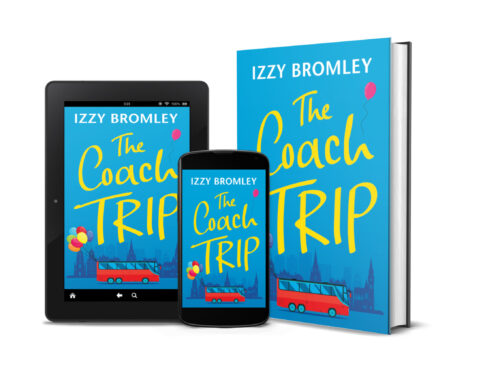
For Writers…
Where to start
When you’re going on a journey, working out where to start is quite important. And it’s just the same when you’re writing a book. I’m not talking here about how to get going with the writing – we will discuss the next post – but literally where the opening chapter begins.
One of the most common mistakes I see when reviewing the work of new authors is that they choose to begin into the wrong place, or often they don’t think about it at all and just start writing.
For example, say you come up with a story about a woman who decides to have a tattoo. It’s a big decision because she’s always been bit sniffy about tattoos before, but two years earlier her son was killed in an accident and whilst she will always grieve his loss, she is now feeling strong enough to want a physical daily reminder of how important he was to her which others will see and ask her about.
So, where does this story start?
When I first began writing books, I might have begun on the day she was going to get the tattoo done because that would have seemed to me to be what the story was about. So, maybe the opening scene might be her lying in bed on the big day and revisiting her decision. She might feel excited about it, a little apprehensive or even have a needle phobia but the story would take the reader through all these thoughts and anxieties as she lay in bed. She would then get up, have a shower and get dressed, have her breakfast, check the bus times to get to the tattoo parlour . . .
You can guess what I’m going to say. It might be where the story actually starts, but it’s unlikely to draw your reader in and get them turning the page to find out where it goes. It’s just a bit dull. We all get up and dressed each day (well, most days at least!) and so there is nothing about an opening like that to entice your reader into the world of your character.
Let’s have another think.
What about starting with the moment she gets the tattoo?
That is more intriguing and it immediately raises questions in the mind of your reader. Who is she? Why is she getting a tattoo of a penguin on her hand? Why, when she has made this decision, is she so upset about it? Surely, if she didn’t want a tattoo then she didn’t have to make the appointment. And why a penguin? What’s that all about?
You can see, I hope, that starting the story there automatically draws your reader into the book. Of course, they might have had questions that needed answering from the getting up scene, but it’s more like that they will want to read on if you start here in medias re to quote the Latin, in the middle of the action.
Doing it this way also gives you, the writer, the opportunity to keep your reader intrigued as the story unfolds. Of course, the tale wouldn’t be complete without the answers, but there is no need for you to give everything away right at the start.
Part of deciding where to open your story is also working out how to give your readers the backstory that they need to understand the plot. There are as many ways to do this as there are writers, but can I suggest that you don’t do it by dropping a whole ton of information in one place.
Which of these two books would keep you reading on?
Martha looked at the penguin. It reminded her of her son who had died in a car accident a year ago. He had loved the penguins as a boy and had a toy one that he kept on his bed. Seeing the penguin on her hand would always make her think of him.
Or
The tattoo artist eyed his client. Tears were streaming down her face and she bit her trembling lip as he worked.
‘Do you want me to stop?’ he asked her.
She wiped her tears away using a neatly pressed cotton handkerchief, the kind his grandma used to use, and shook her head.
‘No. I’m fine. You know, my son loved penguins when he was little.’ The corners of her mouth turned up in a weak smile.
‘That’s nice. What’s he doing now?’ asked the artist, as he marked out the shape of the beak.
‘He’s gone away,’ she said.
I could keep going – I was quite enjoying myself – but then this whole post would be about the story. You can see, though, how much more interesting it is to discover the woman’s backstory like this than just being told in one paragraph.
If you think about it, there are other places that you might want to open this story that would also hook your readers. How about beginning with the accident? That would make for a very dramatic opening scene. Alternatively, you could start with the woman and her son at the zoo so we could see why she goes on to choose the penguin. What if you started at the end of the woman’s life with a child asking her about why she has the tattoo?
All these openings would give you the chance to tell it differently. None of them is right or wrong but each one would give the book a different feel. What you have to do is decide which one would let you tell the story that you want to tell.
Never be afraid of starting in the middle or even at the end. Some stories are best told out of sequence with lots of hopping backwards and forwards in time. For example, my second book The Thing About Clare spans a timeline from 1961 to 2017 but I didn’t just start at the beginning and keep going until I reached the end. I jumped backwards and forwards in order to draw the reader through the story which allowed me to drip the backstory in at appropriate moments so that the mystery at the heart of the story could develop slowly.
The important thing is before you begin writing, think about all the different options for opening your novel and make a specific choice.
Still got questions about me? Then please join me on my Imogen Clark Author Facebook page, on Instagram and Twitter. Join my Readers’ Club to keep up to date with behind the scenes of my life and work and exclusive offers. In the end, please get in touch whichever way suits you best.


